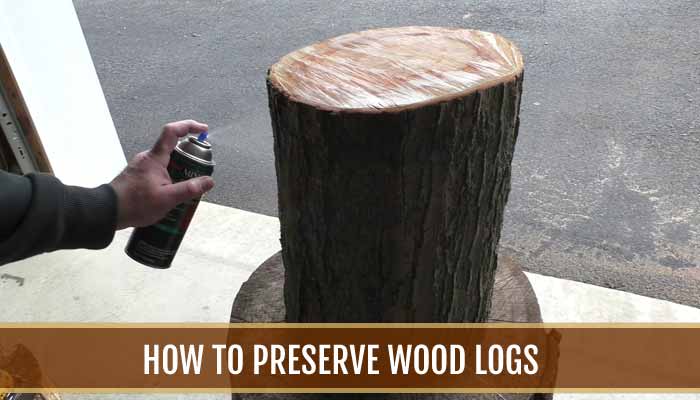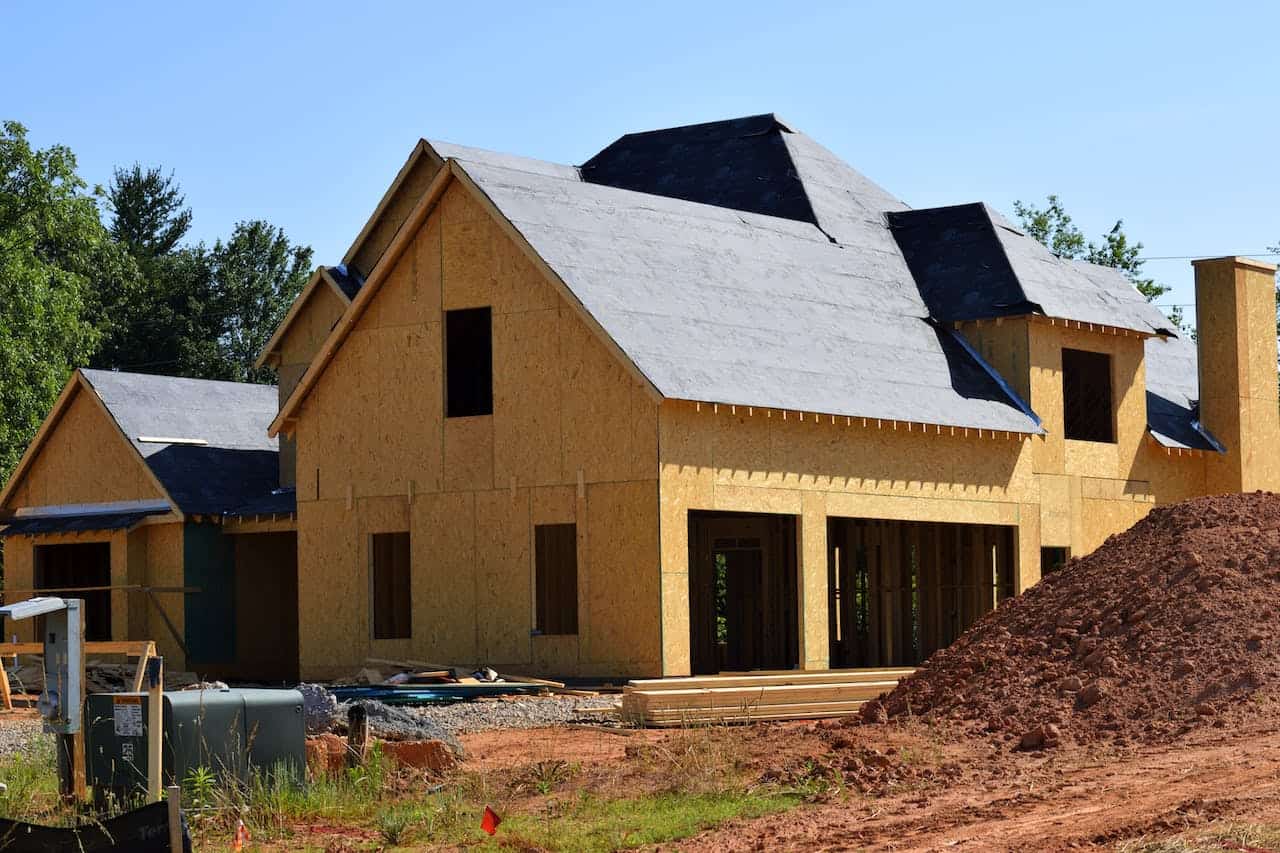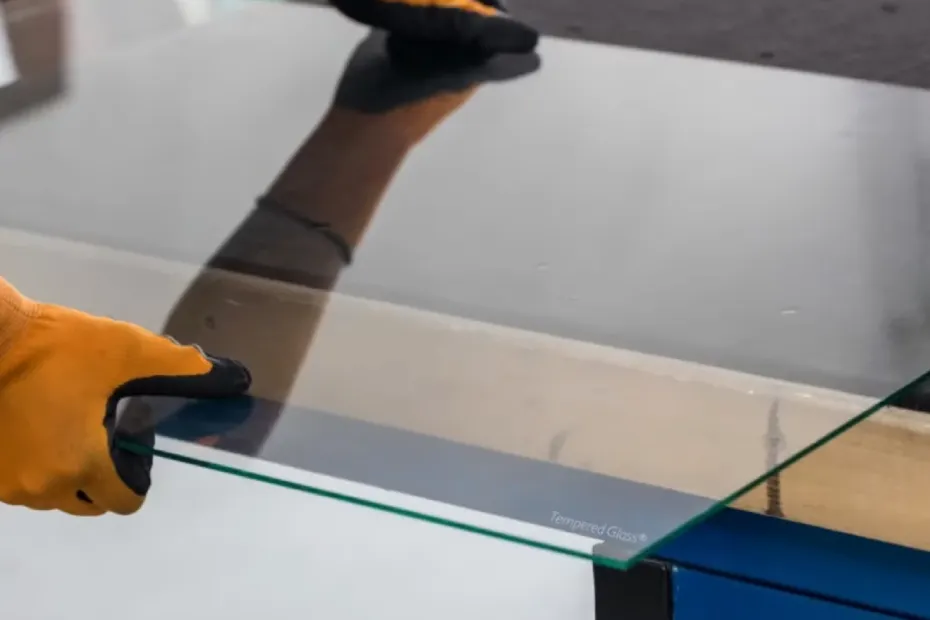WoodenuKnow.com is a participant in the Amazon Services LLC Associates Program, an affiliate advertising program designed to provide a means for sites to earn advertising fees by advertising and linking to Amazon.com and may earn from qualifying purchases.
Wood is a natural resource that will eventually rot. Sooner or later, your logs will need to be replaced. But preserving them for as long as possible will save you time and money in the future. If you’re looking for ways to preserve wood logs with bark, there are several methods you can consider.
Additionally, you can consider applying a coat of paint or varnish to create a barrier against the elements. Regularly inspecting the logs for any signs of damage or decay and promptly addressing them can also contribute to their preservation. By implementing these techniques, you can extend the lifespan of your wood logs and enjoy their beauty and functionality for a longer period.
How to Preserve Wood Logs? Methods for Preserving Them
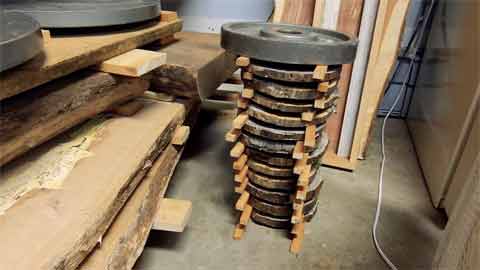
Cleaning Your Logs
Before you take any steps to preserve your wood slices logs, ensure they are clean first. A mixture of water and chlorine bleach (four quarts of water to about one cup of chlorine bleach) should be suitable for removing debris such as dirt and leaves.
After washing, rinse your bark logs thoroughly with clean water to remove any excess bleach that may have been left behind.
Cleaning your logs is crucial because it will allow the preservatives and coatings you use to penetrate deep into the wood where they can protect it most effectively, instead of pooling on top of a dirty log or even preventing a sealer from penetrating down beyond the surface.
Cedar Oil
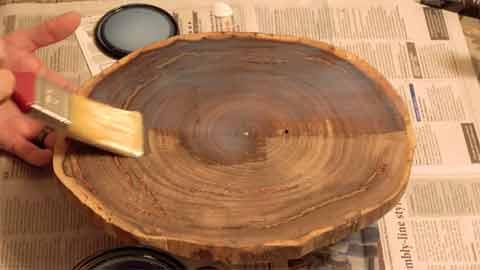
One method that you can use to preserve your logs is cedar oil. Cedar oil is beneficial because it doesn’t just coat the surface of the wood, but penetrates deep into its grain and cell walls, where it contains powerful antimicrobial properties.
It will help keep decomposition at bay. The longer the logs are soaked, the more powerful the antimicrobial effect. Home-made cedar oil solutions are also very effective at preserving seasoned wood.
A number of recipes exist for home-made cedar oil, but a simple and effective recipe is to combine 2 1/2 gallons of water with 3.7 pounds of copper sulfate pent hydrate crystals and then stir in 10 ounces of motor oil (do not use any other type of oil as it will reduce the effectiveness).
Mix thoroughly, and then soak your logs for at least 24 hours before allowing them to dry naturally away from direct sunlight or heat sources.
If using this homemade solution seems too daunting, you can also purchase cedar oil or linseed oil solutions at most local hardware stores.
Wood Preservative
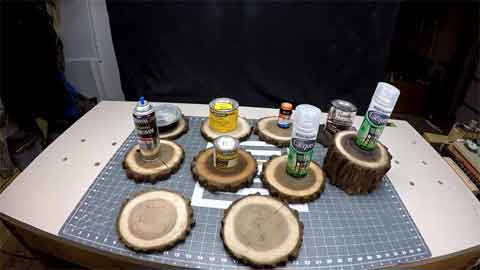
Another method that you can use to preserve your green wood is a wood defensive such as Wolman’s “/Rot.” Like commercial cedar oil, “/Rot” is beneficial because it penetrates deep into the wood where it contains powerful anti-fungal and antimicrobial properties.
You can apply “/Rot” using a sprayer or garden sprinkler, but be sure to allow your logs 24 hours to dry before burning them so that they don’t give off potentially hazardous smoke.
Vacuum Process
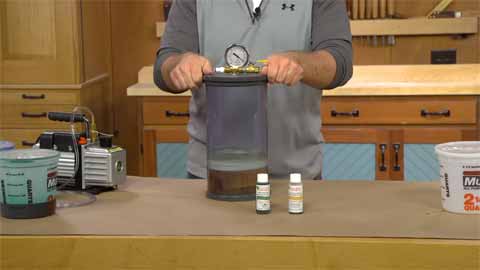
A third method of preserving wood is known as the vacuum process. This method helps reduce water content in the wood while simultaneously increasing resin content, which serves as a natural defensive.
The main benefit of this process is that it allows you to speed up the drying time and therefore save valuable resources such as labor and money spent on electricity or other heating methods required for fast-drying wood.
This process can also be used to help preserve freshly cut pine logs and green lumber so that the wood’s strength is not compromised after drying.
This process works by immersing the wood in a strong vacuum, which quickly pulls moisture content from deep inside the material. Once moisture has been removed, resin starts to build upon the exterior of each individual piece of wood.
Resin serves as a natural defensive and helps prevent decomposition of the organic matter within each cell wall as well as fungal growths such as mold and mildew.
Protective Coating
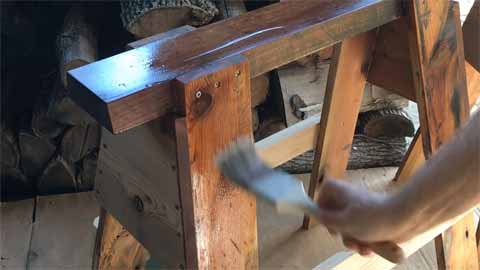
You can also preserve your logs using a protective coating, such as paste wax or even paint, although this method doesn’t restore resinous content to your bark logs the way that the vacuum process does.
The primary benefit of using a protective coating is that it adds an extra layer of protection against moisture and mold.
Paste wax has been used for over 100 years to preserve firewood, so it should come as no surprise that it can also be used to protect logs in your fireplace or stove from moisture damage.
Some people report good results with liquid paraffin wax, although this method hasn’t yet been proven scientifically, so further testing is required before any definitive conclusions can be reached regarding its effectiveness and drawbacks.
Fire Retardant Treatments
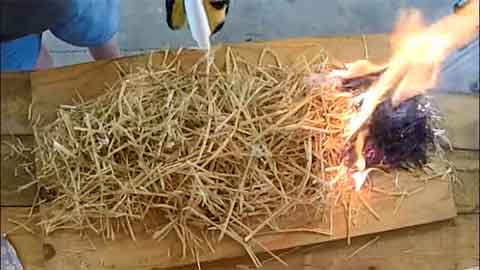
Another simple method of preserving wood logs is by applying fire retardant or kiln drying treatments (such as “AFS Fire Block, Fire Pit”) after they have dried but before you burn them in your fireplace, stove, or other heating appliance.
This is a great way to reduce the risk of a fire hazard and also help ensure that your bark logs will last as long as possible.
Possibly a Good Match: The Best Way to Hold Logs while Cutting with Chainsaw
Summary
It’s important to consider your budget when choosing a preservation method that works for you. Finding a solution that doesn’t strain your finances is crucial to ensure it doesn’t take away from other needs in life.
If you find this topic intriguing or would like more information on how to preserve wood logs with bark, we would be delighted to provide further assistance. Feel free to reach out to us for more guidance on keeping those beautiful hardwoods in their original state for as long as possible.

